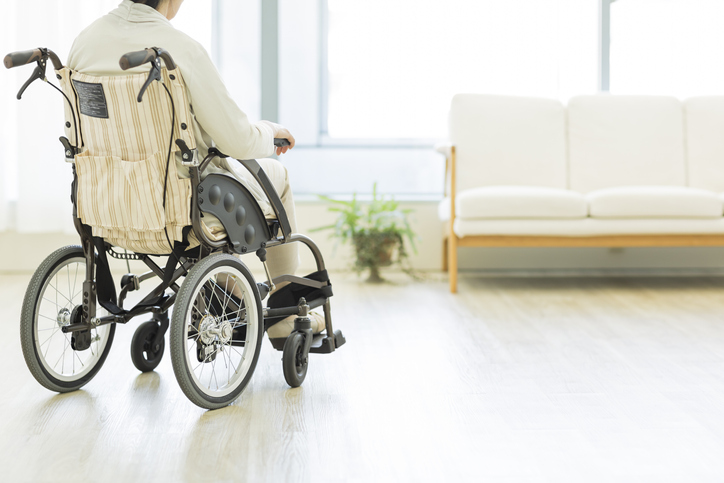
More than six months into the COVID-19 pandemic, no one has done much to stop the near-constant toll the coronavirus has taken among those most vulnerable to it: people living in nursing homes.
It’s well known by now that almost three-fourths of all fatalities from this virus come in the 65-and-up age group, and virtually everyone involved in trying to bring the plague to heel calls continuously for protecting those most prone to infection.
That includes California Gov. Gavin Newsom and the newest addition to President Trump’s coronavirus task force, Scott Atlas – a scholar at Stanford University’s conservative Hoover Institution think tank, a physician not trained as an epidemics expert. But none of these folks faces up to the obvious: To stem Covid-caused deaths, they will have to do something about the toll in nursing homes.
For of the many fatalities among senior citizens, about two-thirds – or almost half the total deaths – have been residents of the nation’s almost 15,000 nursing homes, just under 2,000 of them in California. That’s because this virus is particularly pernicious when attacking those who are already compromised – and who lives in nursing homes if not previously compromised in some way?
It’s been clear from the pandemic’s beginning last spring that nursing homes – often not prepared for external disasters like wildfires and earthquakes – also were not and still are not generally equipped to stem the virus.
This is because of conditions inside the homes, like frequently leaving disabled patients abed for days at a time, not testing staffers very often for viral exposure and not always establishing social distance within the homes. It’s also because both state and federal governments have failed consistently in responding to appeals from nursing home groups for more supplies of quality personal protection equipment for their workers.
But the most vital keys to stemming the viral tide among those most vulnerable are two items, one very specific to nursing homes, one very general.
First, nursing homes must be allowed, even compelled, to allow more visitors. At the start of the pandemic, nursing homes nationwide stopped allowing any visitors. Not even state inspectors could get in for fear they might bring in contagion. But staff continued to come and go and still does, often working at more than one job because wages in the homes can be very low.
Without visitors, no one can know what really goes on in the homes. Friends and relatives who make contact with residents through ground-floor windows and Facetime or Zoom conversations can barely get an inkling. Nursing home managements love complying with no-visitor rules, as that means no one can monitor their practices.
This makes allowing visitors the most direct way to improve things in the homes. There have been moves in that direction. In California, visitors can enter now, to see one per resident at a time, if a home has had no COVID-19 cases for several weeks and if they dress up in mask, gown and gloves to make sure of sanitation on all sides. But homes with no virus cases for weeks at a time are scarce, so this rule still needs more easing. For visitors have long been the prime control on nursing home practices. They see when patients are dehydrated, not bathed regularly, suffer from bedsores or are not properly distanced from each other.
The second need to cut the death toll in long-term care homes is much more general: a great reduction in cases within the outside community. For as isolated as the residents have become, often causing them enormous mental and emotional distress, staffers in the homes are just the opposite. Besides often working multiple jobs, they frequently live in crowded quarters among people of all ages and health practices and they bring those exposures into the homes daily. When community-wide caseloads rise, that means viral incidence and deaths in nursing homes do, too.
Nursing homes must have three things if the pace of deaths there is to subside: More equipment, better conditions outside the homes and, most important, more visitors so that relatives and others can know what’s going on inside and act on it where needed.
Email Thomas Elias at tdelias@aol.com. His book, “The Burzynski Breakthrough, The Most Promising Cancer Treatment and the Government’s Campaign to Squelch It” is now available in a soft cover fourth edition. For more Elias columns, visit www.californiafocus.net













